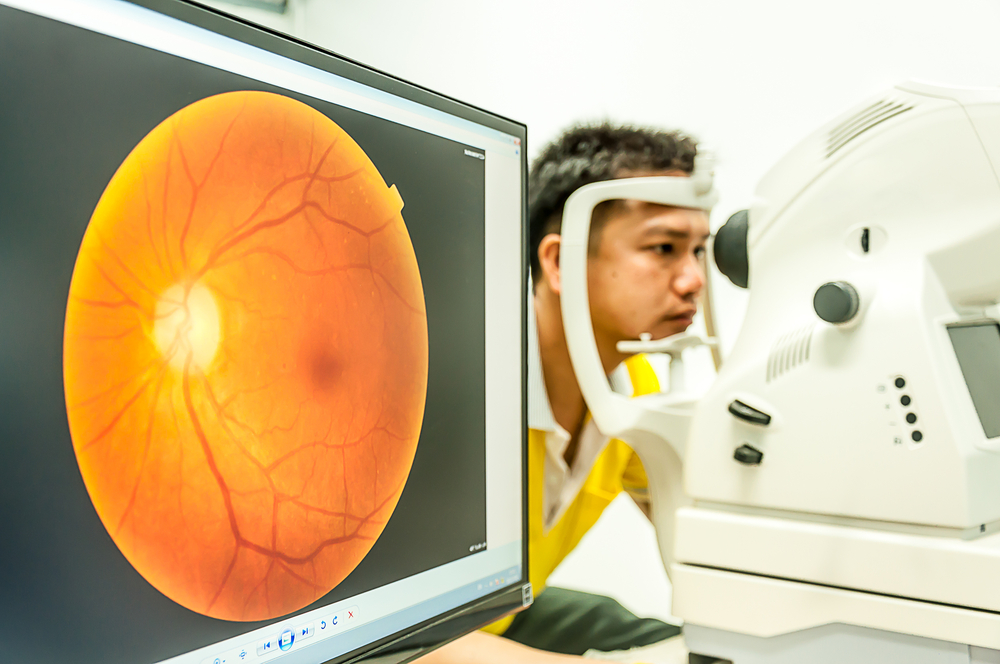
Technological advancements are revolutionizing medical fields, creating new opportunities for more accurate, early detection of potential health problems. One such innovation is Optomap, a state-of-the-art retinal imaging device that has significantly improved the process of conducting retinal exams.
Optomap is a non-invasive tool used by optometrists globally to capture an ultra-widefield digital image of the retina. This technology allows eye health professionals to view more than 80% of your retina at one time, a significant improvement compared to traditional methods that only show 15% of the retina.
As the only part of the human body where blood vessels can be observed directly, the retina provides essential information about a person's overall health. With Optomap, doctors can effectively examine the retina's health, helping them detect any potential eye and health conditions at an early stage.
The Importance of Retinal Exams
Maintaining good vision is more than just having regular eye tests; it's about ensuring the overall health of your eyes. This is where retinal exams come into play. A retinal exam, also known as a dilated eye exam, allows your eye doctor to evaluate the back of your eye, including the retina, the optic disk, and the underlying layer of blood vessels that nourish the retina, called the choroid.
These exams are essential because many eye diseases, such as glaucoma, diabetic retinopathy, and macular degeneration, often begin subtly with no noticeable change in vision. However, a comprehensive retinal exam can detect these conditions at an early stage, enabling effective treatment before substantial vision loss occurs.
A retinal exam can also reveal systemic diseases such as hypertension and diabetes. For instance, small haemorrhages in the layers of the retina may imply poorly controlled diabetes. Therefore, the importance of regular retinal examinations cannot be overstated, and Optomap makes this process more comprehensive and less invasive.
How Does Optomap Work?
Understanding how Optomap works is crucial to appreciating the brilliance of this technology. When you undertake an Optomap retina scan, you look into the device one eye at a time. A comfortable flash of light indicates that the image of your retina has been taken, which is as simple and quick as having a photograph clicked.
The Optomap machine uses low-power laser beams of different wavelengths to scan the retina. These beams are reflected back to the machine, creating a detailed, digital image of the retinal surface. Because the laser beam is low power, the process is completely safe and does not cause any discomfort.
The resulting image, called an Optomap, is a panoramic, 200-degree view of the retina in full color, allowing for a more precise and extensive view than traditional methods.
Benefits of Using Optomap for Retinal Imaging
The use of Optomap for retinal imaging offers numerous benefits. First and foremost, it provides an extensive view of the retina, which can help detect early signs of many diseases that manifest in the retina. The high-resolution digital image allows your doctor to zoom in on specific areas of interest and examine them in detail.
Second, the Optomap procedure is quick and painless, making it a much more comfortable experience for patients compared to traditional dilation methods. There's no need for eye drops to dilate the pupils, meaning no blurred vision or sensitivity to light following the exam.
Additionally, the digital images can be saved and compared over time to track any changes or progressions in eye health. This historical record can provide valuable information for ongoing health assessments.
Who Should Consider an Optomap Retina Scan?
Anyone who values their eye health should consider an Optomap retina scan. It is particularly beneficial for those at high risk of retinal diseases, such as people with diabetes, high blood pressure, or a family history of eye diseases like glaucoma or macular degeneration.
For children, an Optomap retina scan can be extremely useful as it's a non-invasive and quick procedure. It not only detects any eye health issues but also systemic disorders that may present initial symptoms in the eye.
An Optomap retina scan is a valuable preventive measure for maintaining good eye health and overall wellbeing, suitable for people of all ages and health conditions.
Conclusion
Regular retinal exams using Optomap are a crucial part of preventive eye care. The possibilities for early detection and prevention of both eye and systemic diseases are immense. As this technology continues to evolve, we can expect even more significant strides in retinal imaging, pushing the boundaries of what's possible in eye health management.
For more information on the benefits of Optomap retinal imaging, contact Clarity Vision at our office in Holly Springs, North Carolina. Call (919) 646-2900 to schedule an appointment today.
















